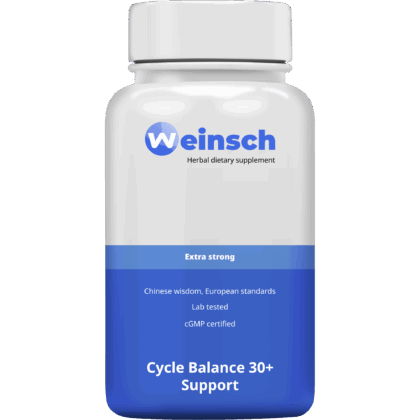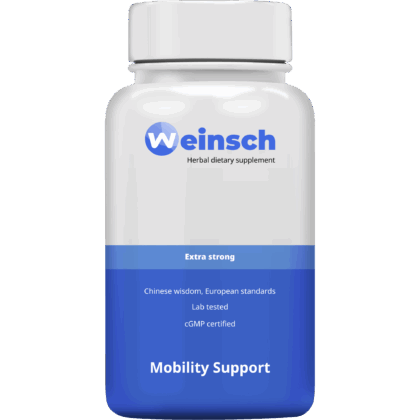Le Wu Yao (racine de Lindera) est une plante chaude et âcre de la médecine traditionnelle chinoise (MTC) connue pour sa capacité à favoriser la circulation du Qi, à disperser le froid et à soulager la douleur. Elle est dérivée de la racine de Lindera aggregata et est particulièrement apprécié pour traiter les douleurs abdominales, thoraciques et du flanc causées par la stagnation du Qi et le froid. Wu Yao réchauffe le brûleur inférieur, est bénéfique pour les reins et la vessie, et est utilisé pour les troubles urinaires tels que la miction fréquente ou l'incontinence due à la carence et au froid. Sa nature réchauffante et mobilisatrice du Qi en fait une plante importante pour la santé digestive et urogénitale.
Fonctions et avantages
Promotes Qi Movement and Relieves PainSmooths the flow of Qi throughout the chest, abdomen, and flanks, reducing pain and distension caused by stagnation.
Disperses Cold and Warms the Middle and Lower BurnersAlleviates pain from cold-type conditions, including menstrual cramps, hernia, and lower abdominal discomfort.
Benefits the Bladder and Regulates UrinationUsed for frequent urination, urinary incontinence, and enuresis caused by cold from deficiency.
Relieves Menstrual and Abdominal PainEases discomfort from cold-type dysmenorrhea and abdominal distension, especially when combined with other warming, Qi-moving herbs.
Indications (Who Can Benefit from It?)✔ Individuals with abdominal or flank pain from Qi stagnation and cold.✔ People with urinary frequency, incontinence, or cold-related bladder weakness.✔ Women with cold-type menstrual pain.✔ Those with lower abdominal cold pain or hernia discomfort.
Tongue & Pulse Diagnosis in TCMTongue: Pale with a thin white coating, indicating cold and Qi stagnation.Pulse: Deep, tight, or wiry, reflecting constrained Qi with cold.
Related TCM PatternsQi Stagnation with Cold – Causes distension and pain in the chest, abdomen, or flanks.Cold in the Lower Burner – Leads to urinary disorders and lower abdominal pain.Cold-Type Dysmenorrhea – Produces menstrual cramps relieved by warmth.
Clinical Applications (For Reference Only)Abdominal and Flank Pain – Moves Qi and disperses cold to ease discomfort.Cold-Type Hernia – Relieves pain and restores Qi flow.Urinary Disorders – Benefits the Bladder in cold-deficiency patterns.Menstrual Cramps – Warms the uterus and relieves cold-induced pain.
Common Herbal Formulas with Wu YaoOften combined with Xiao Hui Xiang and Gao Liang Jiang for cold-type abdominal pain, or with Yi Zhi Ren for urinary frequency from Kidney and Bladder deficiency.
Precautions & ContraindicationsAvoid in cases of heat or Yin deficiency with dryness.Not suitable for urinary problems caused by damp-heat.Use with caution during pregnancy in large doses.
Lifestyle & Dietary Recommendations✔ Eat warming foods such as ginger, cinnamon, and lamb to support Yang energy.✔ Avoid raw, cold, and chilled foods that aggravate cold stagnation.✔ Apply gentle warmth to the lower abdomen in cold-related pain.✔ Engage in light exercise to promote Qi circulation and prevent stagnation.
ConclusionWu Yao (Lindera Root) is a warm, Qi-moving herb in TCM that disperses cold, relieves pain, and supports bladder function. It is particularly useful for abdominal discomfort, menstrual cramps, and urinary disorders linked to cold and Qi stagnation.
Ingrédients certifiés
Livraison gratuite à partir de 49,95
Réponse dans les 24 heures
Ingrédients certifiés
Livraison gratuite à partir de 49,95
Réponse dans les 24 heures


